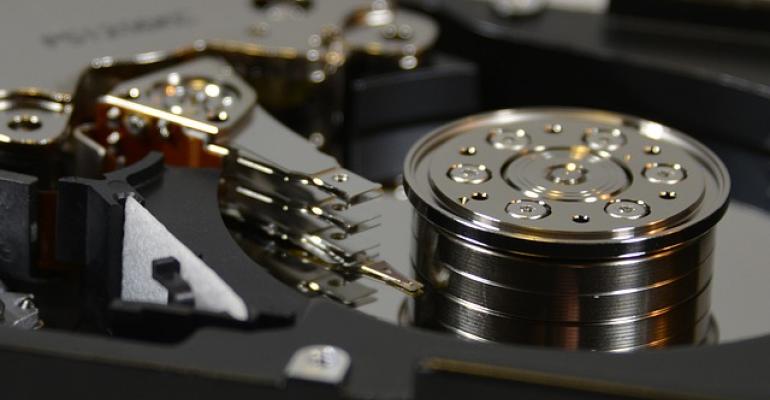We may be on Day 53 since the last public release of a Windows 10 Technical Preview build but we are learning more about Windows 10 storage and recovery options thanks to the Windows Team.
In a post over at the Blogging Windows Site, How Windows 10 achieves its compact footprint, they address the influx of smaller sized Windows devices that are starting to become the norm. Many of these systems have small disk storage options, come with more power efficient processors which tend to be slower than your typical desktop CPU’s and usually have only 1 or 2 gigabytes of system memory.
You would think that this combination of items would cause these inexpensive systems to run like molasses yet they run pretty decently like the HP Stream 7 for instance.
Now you will not be running Call of Duty on these devices, and that is not what they are meant for anyway, but you will be able to use them as solid consumption devices and even be able to create content using Office and Windows Store apps.
So how does Microsoft achieve these compression and recovery enhancements for these low storage devices?
First is the use of a compression algorithm that is based on the systems hardware and the second is by using new recovery methods there is no longer a need for an on disk recovery partition.
- With current builds, Windows can efficiently compress system files. That gives back approximately 1.5GB of storage for 32-bit and 2.6GB of storage for 64-bit Windows. Phones will also be able to use this same efficient compression algorithm and likewise have capacity savings with Windows 10.
- A redesign of Windows’ Refresh and Reset functionalities to no longer use a separate recovery image (often preinstalled by manufacturers today) in order to bring Windows devices back to a pristine state. This reduces Windows’ storage footprint further as the recovery image on typical devices can range in size from 4GB to 12GB, depending on the make and model.
Microsoft’s main goal is that compression does not reduce system performance and responsiveness so system memory and CPU speed play the largest roles in the decision to compress or not compress system files.
They also mentioned WIMBOOT, Windows Image Boot, which was designed specifically for Windows 8.1 systems so that these low storage, under powered devices could also benefit from compression without taking a performance hit.
Many of you have seen the error when attempting to upgrade a WIMBOOT system to Windows 10 that the system uses a compressed image and cannot be upgraded. The reason for this is that a system using WIMBOOT already has low storage and copies of the Windows 8.1 OS, the install image and the Windows 10 OS must be maintained on the device in order to retain the ability to roll back to Windows 8.1 in case of a failed upgrade.
Microsoft indicated they are evaluating options so that WIMBOOT based systems can be safely upgraded despite these storage challenges.
Based on that I suspect no compressed system upgrades will be possible with at least the next Windows 10 Technical Preview build whenever that arrives.
The other very obvious thing to me was how much Microsoft referred to restoring a pristine image back to your device. Not sure about you, but it sure does seem to be a reference to OEM installed junk on devices. What do you think?
But, wait...there's probably more so be sure to follow me on Twitter and Google+.





